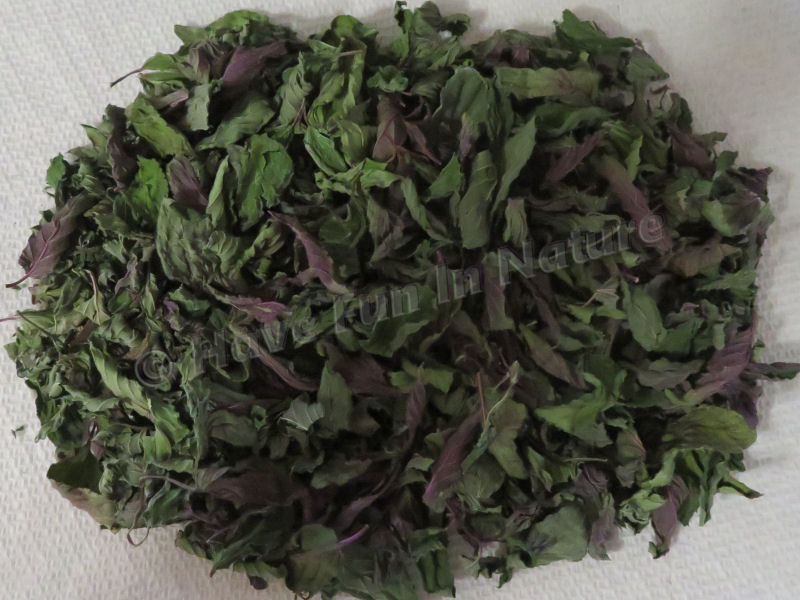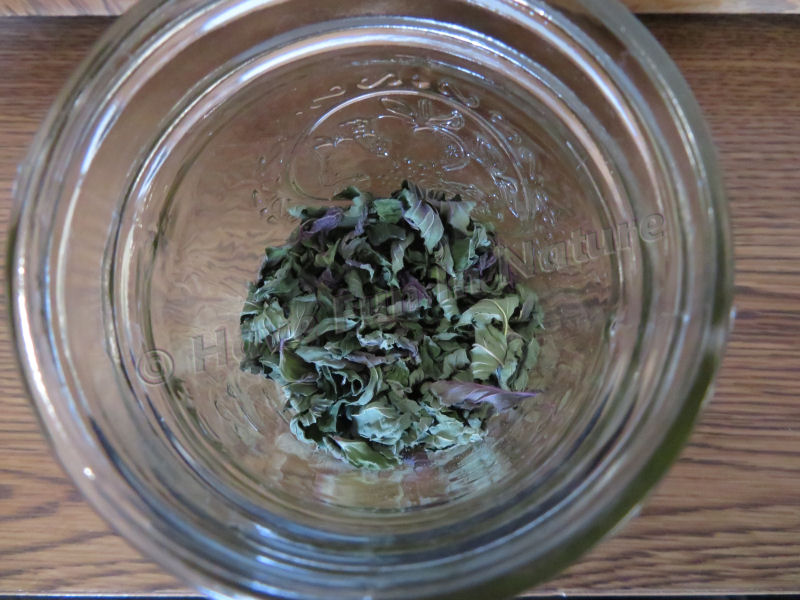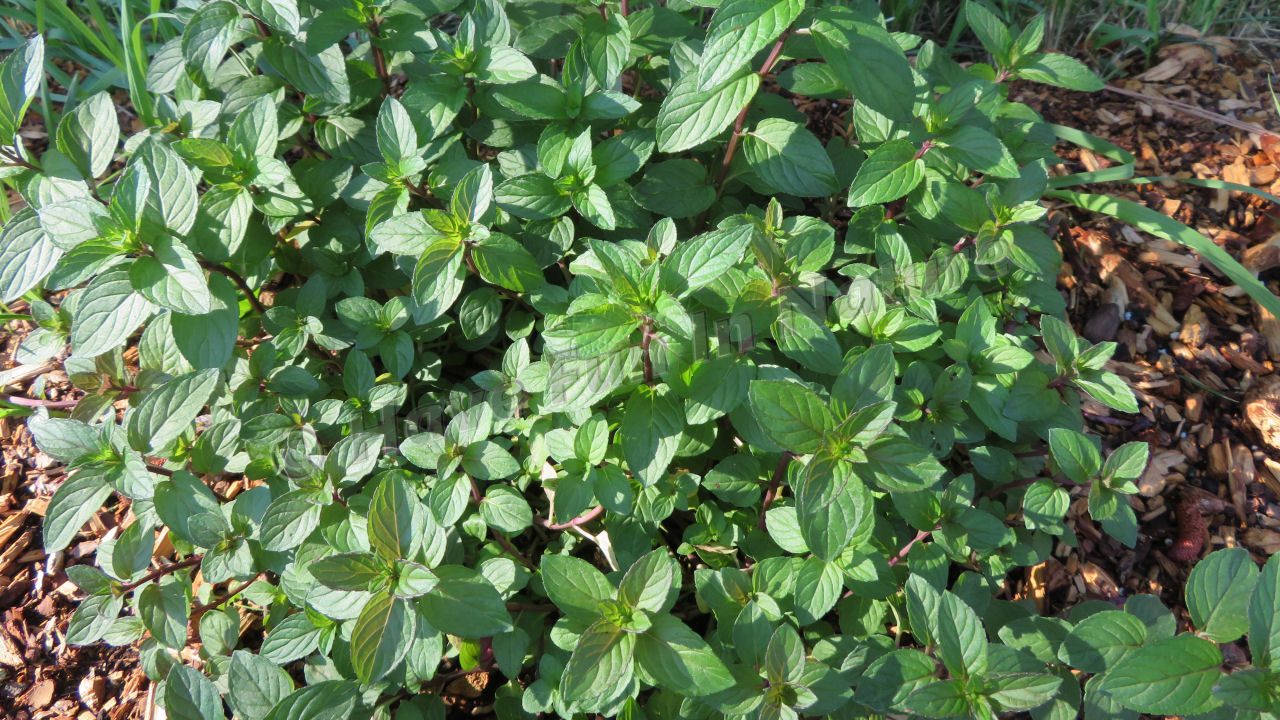Peppermint is a very popular, aromatic herb that has been used for thousands of years for culinary and medicinal purposes.
Peppermint (Mentha x piperita) is an herbaceous, perennial plant in the mint family (Lamiaceae). It is a natural hybrid of Watermint (Mentha aquatica) and Spearmint (Mentha spicata). There are over two dozen varieties of mint with peppermint being the most commonly used due to its strong flavor and aroma.
Here are five reasons to explore the peppermint plant and see how it can add a positive impact to your life.
1. Peppermint Has Many Health Benefits
Studies suggest peppermint may help with digestive issues, oral health, headaches, sinus congestion, and boost energy. It has anti-inflammatory, antiviral, antibacterial, and antimicrobial properties. Peppermint also contains antioxidants and is caffeine-free. While most of the research has been done on peppermint oil, researchers are currently studying the benefits of peppermint tea.
Peppermint has a high concentration and is a natural source of menthol, an organic compound that produces a cooling effect. It’s often found in toothpaste, mouthwash, candy, gum, cough drops, inhalers, and topical creams. Naturally sourced menthol found in peppermint can provide pain relief, relieve cough, soothe throat irritation, and is used in dental care.
2. Peppermint is Easy to Find and Grow
Mint plants have square-shaped stems, opposite leaves, a minty aroma, and grow best in moist areas. Peppermint can be found growing near lakes, rivers, and in low lying areas. They have dark green leaves with toothed margins and oblong clusters of pinkish, purple flowers. The roots spread underground, send up shoots around the plant, and quickly cover the ground with runners. It can grow to be up to two feet tall.
Peppermint is one of the easiest, fastest growing plants you can grow yourself. It can spread very quickly and become invasive, so many gardeners use a container to control the runners. Be sure to choose a large pot, around 10 inches in size, with drainage holes. The container can be put in the ground outside or left above ground. If planting peppermint in the ground, plant ¼ inch deep, and leave 24 inches in between plants.

3. Peppermint is Easy to Maintain and Propagate
Maintaining peppermint plants is easy. Peppermint grows in just about any type of soil and does not need to be fertilized. They prefer consistently moist, well-draining soil, but cannot tolerate standing water. It grows best in partial sun, shaded locations and can tolerate light frost. If possible, move the peppermint plant indoors during the winter to protect it from severe frost and enjoy the fresh leaves year round.
Mint is one of the easiest plants to propagate from cuttings. Simply cut about a four inch stem from the peppermint plant just below a leaf node. Remove the leaves below the leaf node, place the stem in a glass of water or in a pot with soil, and put in the windowsill. If rooting it in a glass of water, transplant the cutting into a pot of soil once a good root system develops.
4. Peppermint is Easy to Harvest and Dry
Peppermint grows quickly and can be harvested anytime throughout the season. It’s best to harvest peppermint in the morning before the dew evaporates and right before the flowers bloom in the summer. However, you can pick fresh leaves anytime and should trim peppermint grown in containers often to maintain a healthy, compact plant.
To harvest peppermint, cut the stems above the third set of leaves using sharp scissors or pruners. If your peppermint is starting to flower, you can do a bulk harvest by cutting the whole plant back leaving a couple inches above the soil. To prevent overharvesting, never cut more than two-thirds of a plant in one harvest.
Fresh peppermint can be stored in the refrigerator for about a week, while frozen peppermint will last about 3 months in the freezer. Peppermint that has been dried and stored properly can last over a year. After picking off any bad leaves, simply wash the stems with cold water, and hang or lay out to dry. Separate the leaves from the stems and place the leaves in a glass container with a lid. Keep the jar in a cool, dry place.

5. Peppermint Can Be Used in a Variety of Ways
Dried or fresh peppermint leaves are used to make teas or added to dishes. You can purchase tea bags or simply grow your own peppermint to use. To make a tea using loose peppermint leaves, place one to two teaspoons in a tea ball and steep in freshly boiled water for five to ten minutes. You can also boil two cups of water, turn off the heat, toss a small handful of torn leaves in the water, steep for five minutes, and strain.
Peppermint oil is an essential oil extracted from the leaves, flowers, and stems. It can be used in aromatherapy or topically. Studies have shown that inhaling a few drops of oil may improve sleep, reduce fatigue, and decrease stress. Essential oils are highly concentrated (about four times stronger than the extract) and should be diluted when applied topically. They should also be kept away from children and pets.
An extract is made by soaking the leaves in alcohol for over a month. It’s not as strong as the essential oil and can be used to flavor food. Natural peppermint extracts can be purchased at your local grocery or you can make your own. It can be added to flavor baked goods, frozen desserts, and beverages. Several recipes are available online to give you some ideas.
Peppermint Safety
Peppermint is commonly found in our food and hygiene products and is generally safe and well-tolerated by most people. Peppermint tea, which is made from the leaves, has been known to worsen symptoms of heartburn and GERD in some people.
Peppermint oil appears to be safe when taken orally or applied topically in correct doses and has been used in many clinical trials. Possible side effects include dry mouth, abdominal pain, nausea, and heartburn when taken orally. When applied topically it may cause skin irritation or rash. Keep peppermint oil away from pets and children, serious side effects can occur if they inhale the menthol.
This herb should not be used by anyone who is allergic to peppermint or menthol. Always check with your healthcare provider before starting any new herb or supplement, especially if you’re pregnant, nursing, or taking prescription medications.

Our Personal Experience
Peppermint is one of our favorite herbs to grow and harvest. We dry and use the leaves to add to our teas to get the many health benefits it contains year round. Brian and I keep a peppermint essential oil on hand to use as an air freshener and to deter insects and rodents around the home. The two of us also found inhalers containing peppermint that can help with sinus congestion, headaches, and fatigue. There are many products on the market that contain peppermint, from toothpaste to candies to cosmetics. It’s important to know what we’re putting in and on our bodies on a daily basis.

